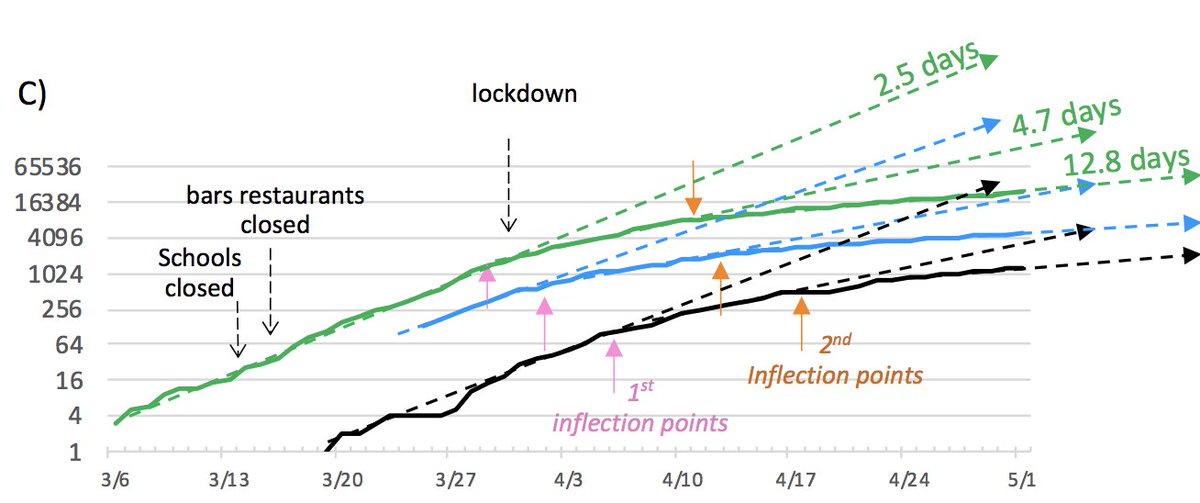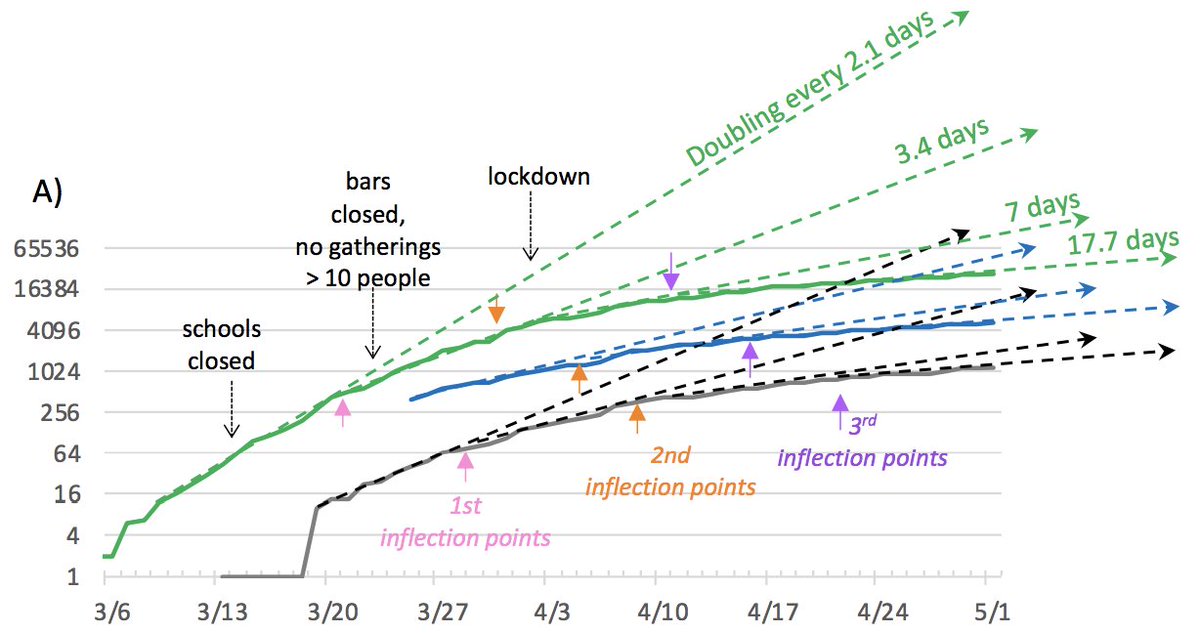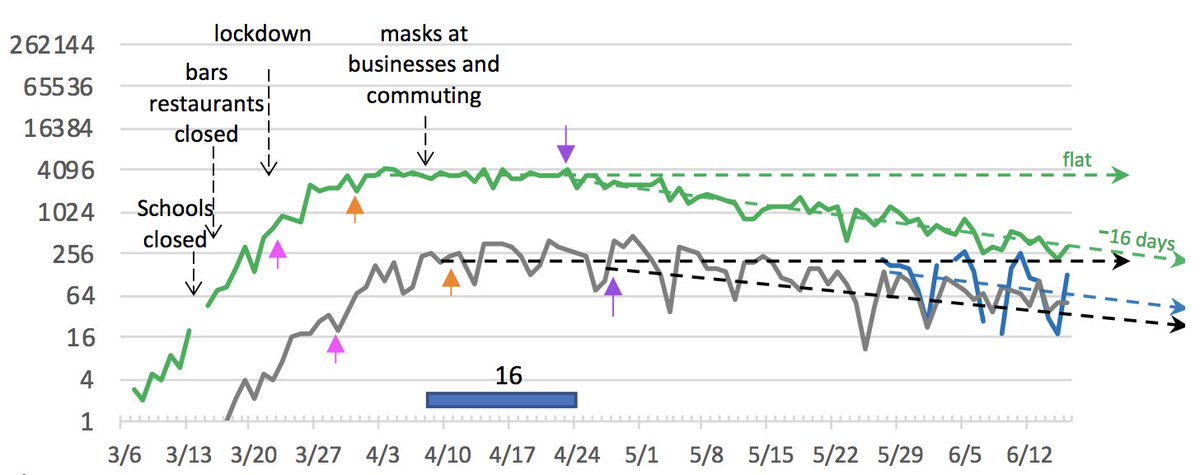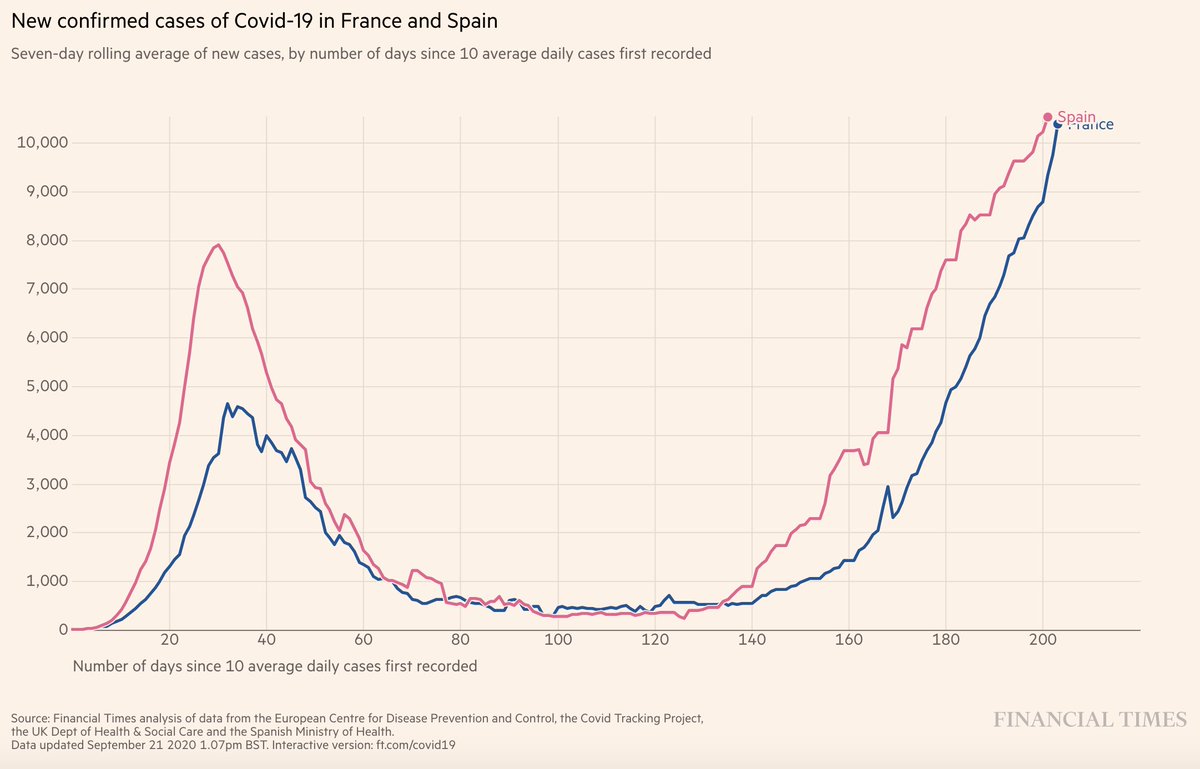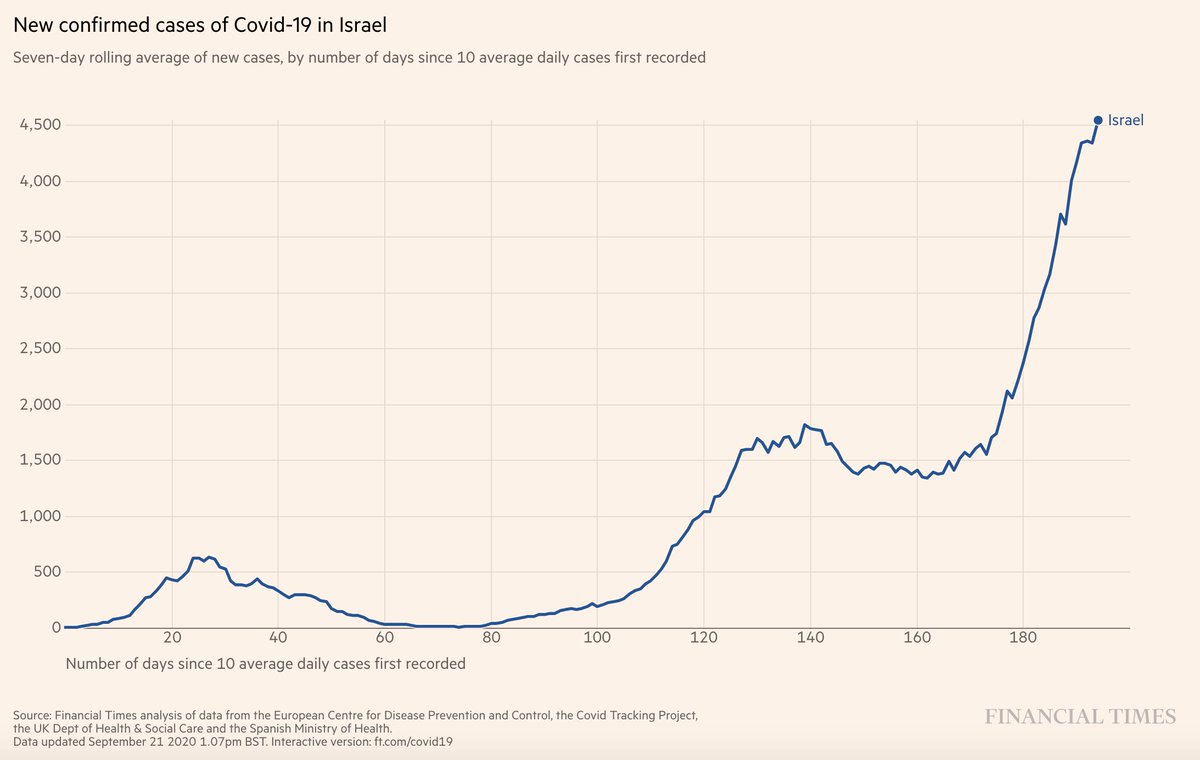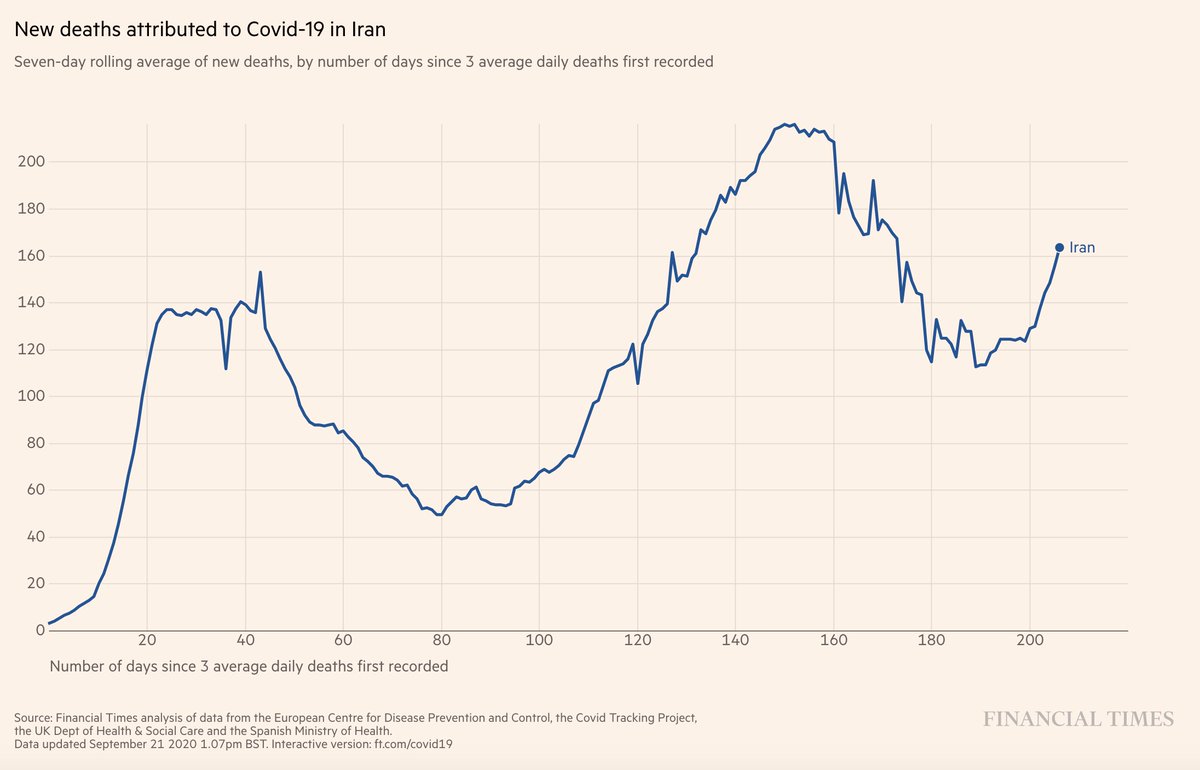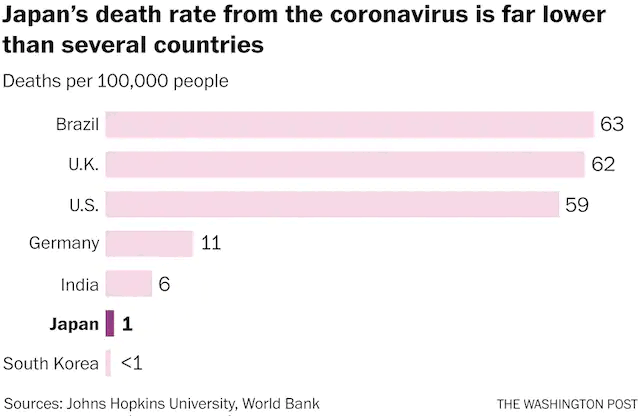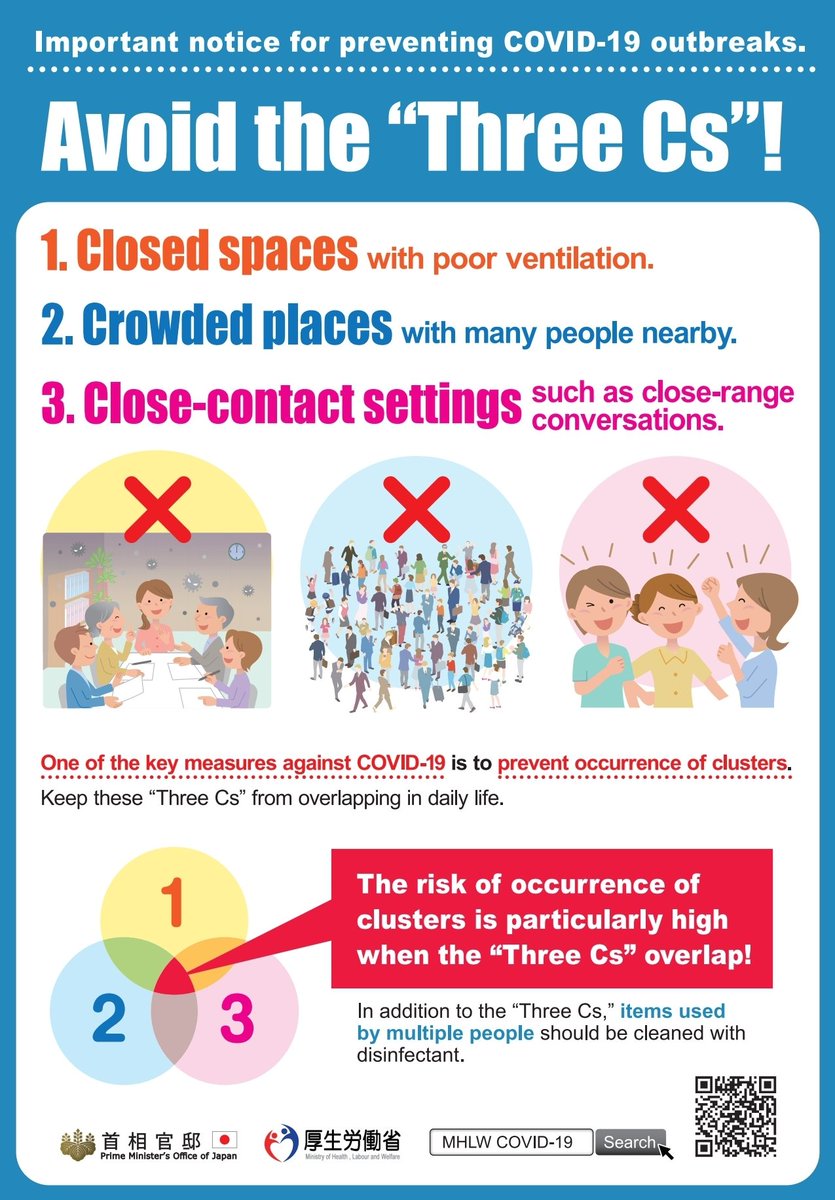
#SARSCoV2 from transmission🗣️to disease🤒:
1. Spike protein on the virus binds the ACE2 receptor on human cells. The Virus RNA is released into the cell, where it is translated into proteins that assemble and make-up new virus particles that are then sent back out of the cell🧵
1. Spike protein on the virus binds the ACE2 receptor on human cells. The Virus RNA is released into the cell, where it is translated into proteins that assemble and make-up new virus particles that are then sent back out of the cell🧵

2. #SARSCoV2 comes out of the respiratory tract🗣️on small aerosols that stay airborne and are then inhaled; on bigger respiratory droplets💧that splash into others' nose/mouth/eyes or they land on surfaces and get picked up by touch; the virus is also excreted through human waste 

3. #COVID affects many of the body's systems—upper and lower respiratory tract 🫁; heart🫀, where it can cause arrhythmias & other problems; digestive problems like nausea, pain, vomiting; neurological🧠problems where people suffer cognitive challenges even after recovery & more. 

4. When virus is inhaled & lodged deep into lungs it can cause a lot of damage. It gets inside airway cells & other cell types where it damages/kills them. It can also cause immune system cells (Macrophage/Neutrophils) to go haywire, further damaging lungs➡️respiratory failure. 

5. There is so much we still don't know about #COVID19. Please take precaution, physical distance, wear a mask😷, ventilate indoor spaces🏠, and practice good hygiene.
cell.com/trends/immunol…
cell.com/trends/immunol…
• • •
Missing some Tweet in this thread? You can try to
force a refresh


